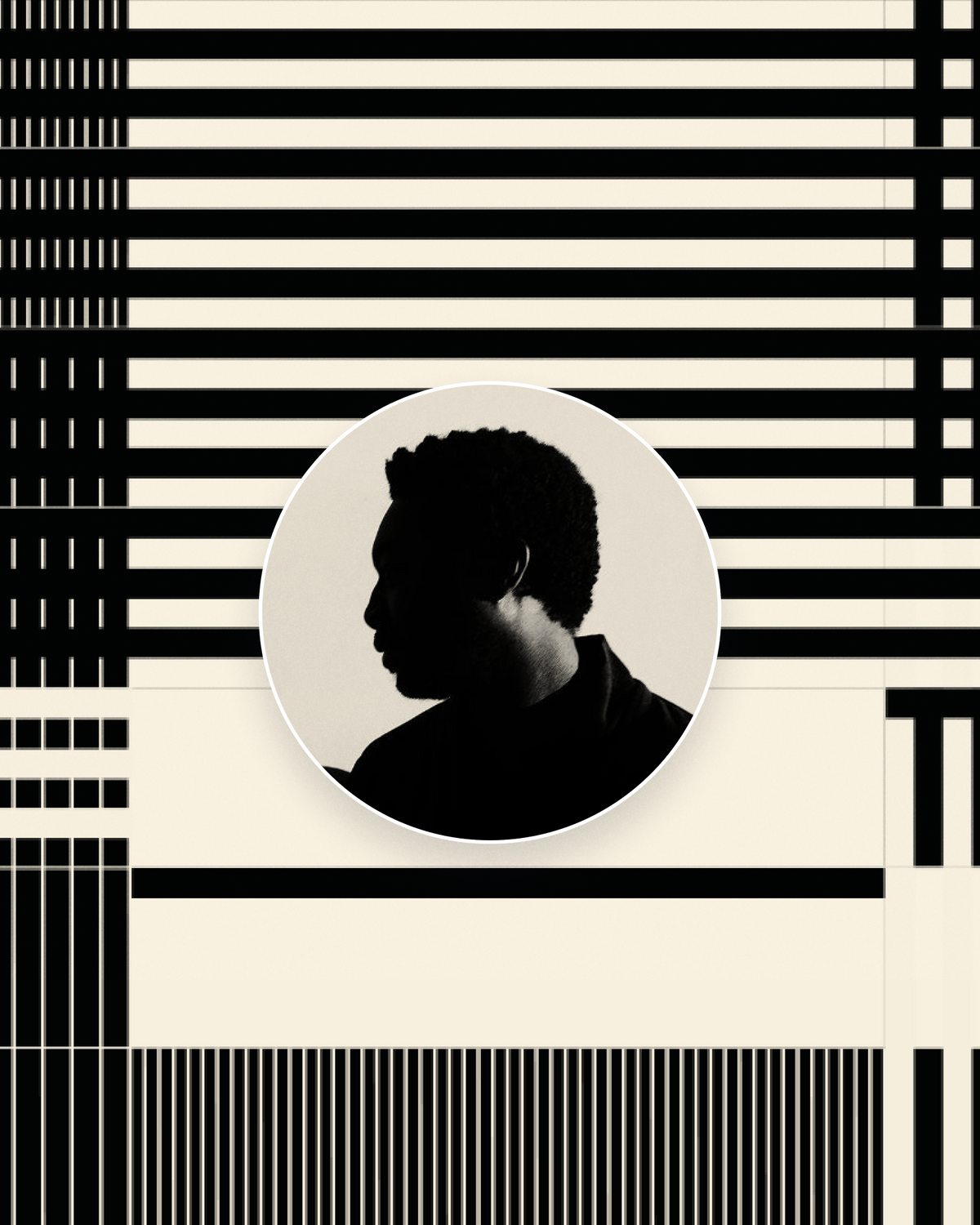-Tell us a bit about your background in the creative industry and how you have become a creative coder and get involved with NFTs?
My creative journey began when graduating in architecture and subsequently working as a concept renderer. This experience allowed me to develop a strong foundation in design principles and visual storytelling. Later, I transitioned to a role as a graphic designer within an architectural firm, where I honed my skills in visual communication and branding.
During my time as a graphic designer, I began creating digital assets and mockup templates for fellow designers, which sparked my interest in the world of digital art. It was in late 2021 when I discovered generative art and became captivated by the endless possibilities it offered. This newfound passion led me to create and release two successful collections, Sabler and Tesseract, which further solidified my decision to pursue creative coding full-time.
My exploration of creative coding coincided with the rise of NFTs in the art world, which provided a unique and exciting opportunity for digital artists like myself. The NFT space allowed me to showcase and share my work with a global audience while doing something I love and expanding Studio Yorktown as a brand.
The combination of my background in architecture, graphic design, with the growing generative NFT market, has allowed me to evolve as an artist in an exciting new direction that was totally unexpected to me.
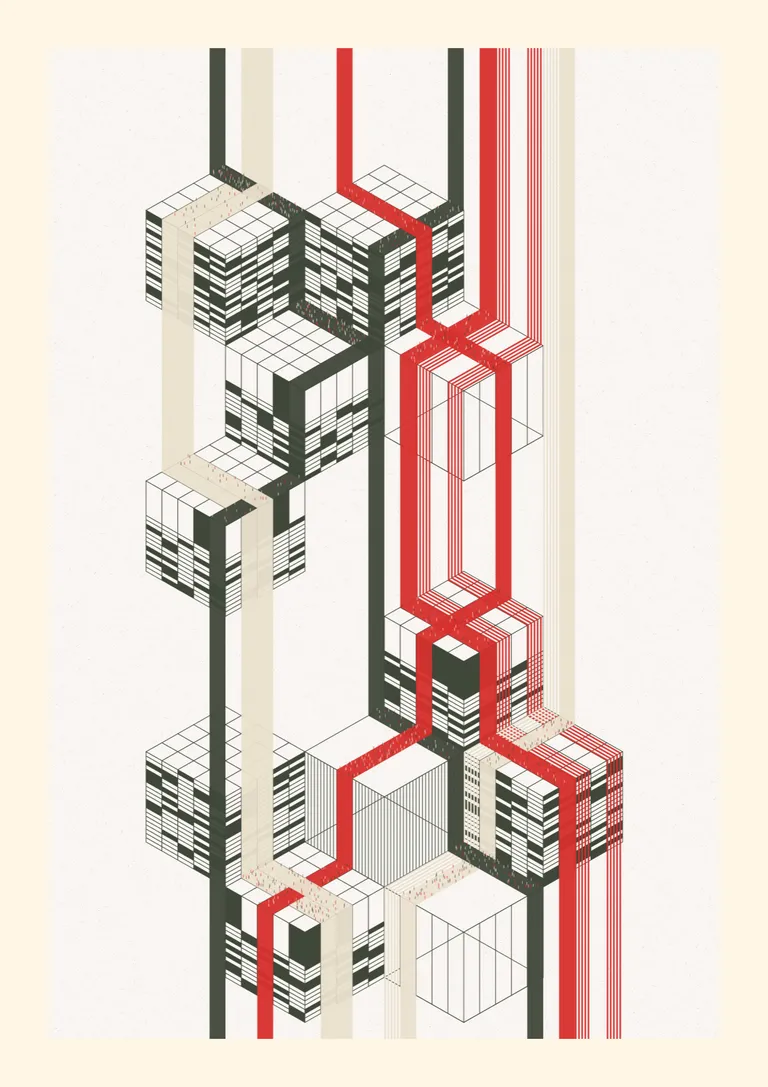
-What is your inspiration for your new collection for CodeCanvas? What is the key message that you want to convey?
'Scenes from a Train Window,' is inspired by my travels across Japan by train. I’m trying to create a sense of nostalgia through recreating those fleeting glimpses of the towns and cities that can pass by in the blink of an eye. The generative algorithm creates numerous variations of urban combinations, capturing the essence of these transient moments. The resulting images are like snapshots, inviting the viewer to reflect on their own personal journey.
With 'Scenes from a Train Window' I wanted to transport the viewer through sleepy villages and quiet towns, or the hometown with its mountains in the distance that we left behind, where we might have remembered the sound of cicadas chirping on a summer night, or the promise of the big city and the dreams that may come true there.
This collection is a celebration of life's rich tapestry, encouraging us to pause and appreciate the beauty and reflect on the mundanity of such environments. Through generative imagery, I wanted to connect the viewer to the world beyond the train window and imagine those stories that lie within.
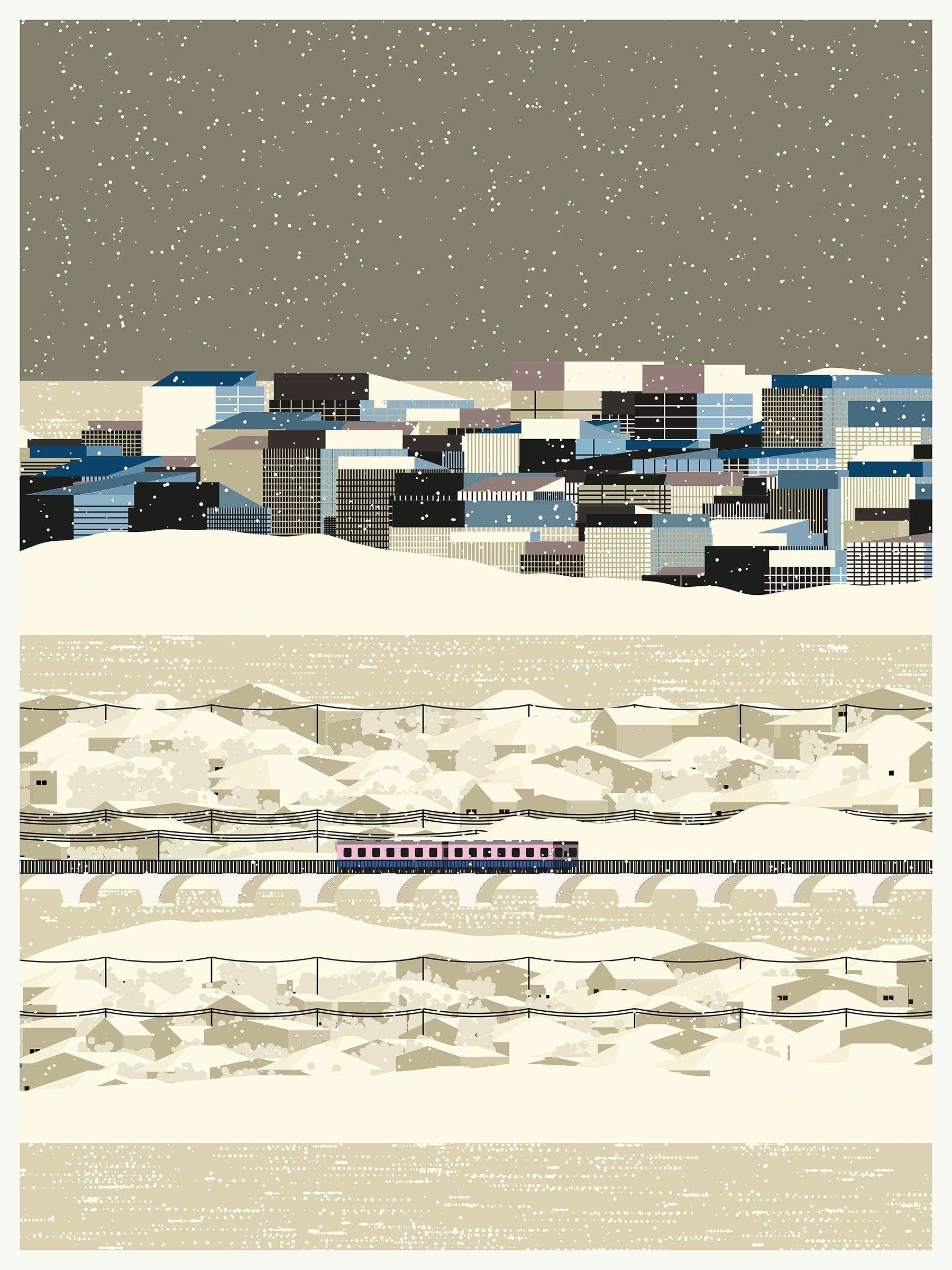
-As we have witnessed in many of your past work, Japan seems to be your go-to source of reference and inspiration. Why so?
Japan holds a very special place in my heart, and has greatly influenced my work over the years. My journey with the Japanese language began in the late nineties when I was a high school student. I was given the choice of learning Japanese or Latin. I chose Japanese and I am grateful for that decision, as it opened up a world of art, culture, and design that has inspired me ever since.
One of the most significant personal projects I have undertaken was the creation of a photography book called 'Palette.' Over a span of eight years, I tried to capture the more intangible qualities of my experiences in Japan, translating them into a visual lexicon of textures and feelings. This book, along with my extensive immersion in Japanese culture, has provided me with a near endless source of inspiration.
What particularly attracts me to Japanese aesthetics is the unique understanding of the delicate balance between humanity and nature. This balance is evident in various aspects of their art, such as the attention given to texture, color, and the intricate details that make each piece exceptional. Moreover, the Japanese pursuit of simplicity, often expressed through minimalism and the concept of 'wabi-sabi,' resonates deeply with my own artistic sensibilities.
As a perfectionist, embracing wabi-sabi has been highly influential not only in shaping my aesthetic but also in my personal growth. This philosophy, which centers around the acceptance of and finding beauty in imperfections, has taught me the value of balance and harmony.
My love for minimalism extends beyond the realm of Japanese aesthetics and encompasses other design philosophies such as Bauhaus, grid-based international style, and modularity. The fusion of these elements has culminated in the development of my aesthetic, which I would like to think is a reflection of my wide range of inspirations and experiences.

-How do you approach color palettes you use in the collection? We feel you are so good with colors.
I think my approach to color palettes is really just a combination of intuition, research, and playfulness. I often start by focusing on the emotions and atmosphere I want to convey which has often helped me to create images where the colors help connect with viewers on an emotional level or communicate a feeling or vibe. I often find inspiration in nature, architecture, and across different cultures and their respective art styles. I play with various color combinations, considering balance, contrast, and impact. Sometimes, unexpected color pairings yield surprising results.
While I'm aware of color theory, I don't tend to follow it too closely. With these things, I find it best to trust my instincts and feelings instead since I believe that being too scientific can limit possibilities. If I stumble upon a color or combination that resonates with me, I save it or take a picture for future reference. I have recently noticed when looking at my palettes, that I am mostly drawn towards using warmer tones, although I am always looking for and open to exploring new combinations!
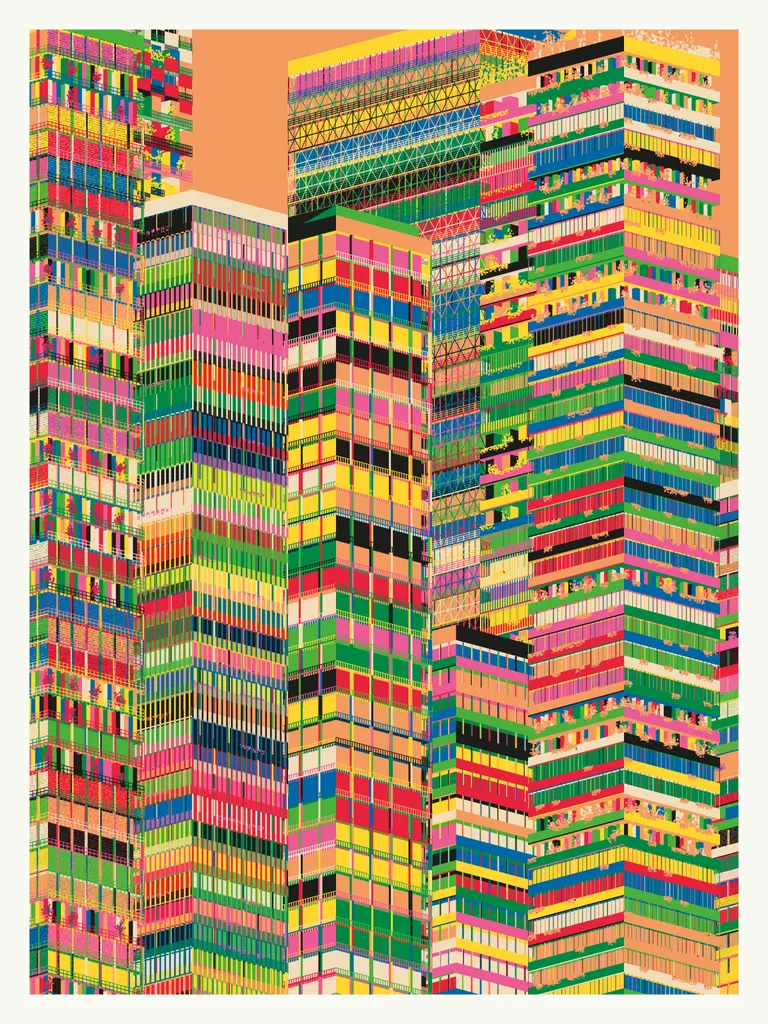
-How do you approach being a multi-chain artist? Now that you are expanding into Solana and ETH more fully. What are your thoughts here?
As a multi-chain artist, I'm enthusiastic about exploring new platforms and expanding my presence across various blockchains like Solana and Ethereum. Having been involved in the crypto space for several years, I've always been fascinated by the potential of blockchain technology and more recently, its applications specifically within the art world. My approach to being a multi-chain artist, I would say is rooted in a spirit of experimentation and adaptability. I believe that embracing different platforms allows me to reach a wider audience, learn from different communities, and keep up to date on innovations in the digital art space. This approach offered me many unique creative opportunities and new ways of expressing my artistic vision. For example, it was an honor to be asked to release a collection on Code Canvas on Solana. I see the expansion into Solana as an exciting step in my artistic journey, and just like looking out of a train window, I am eager to see where this path leads!
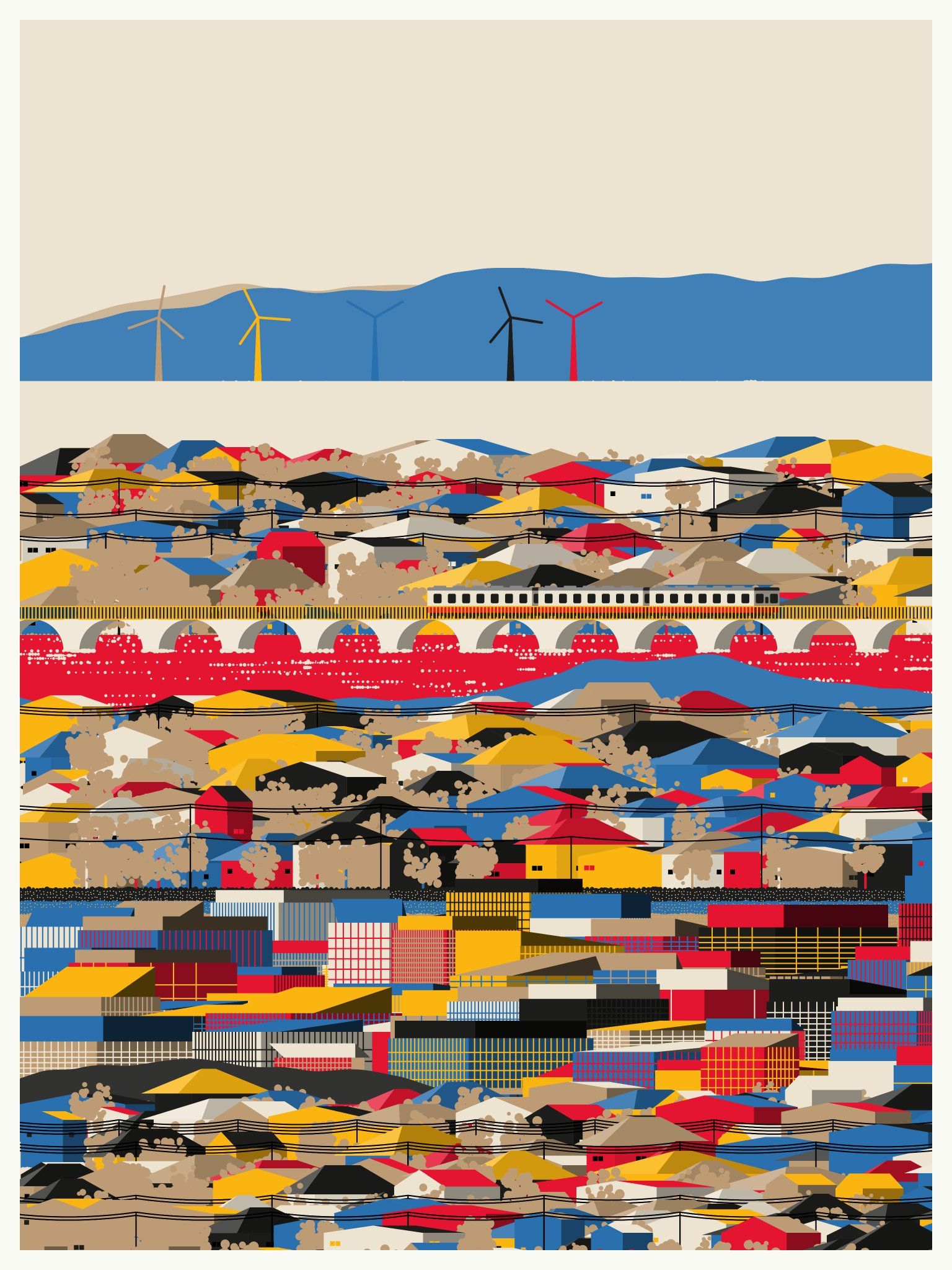
-What do you want to achieve in the future? Anything you want to do or accomplish in particular?
My plans for the future involve developing my skills further in order to best be able to harness the power of this emerging medium, learning how to evoke emotions and tell compelling stories that resonate with viewers on a deeper level.
Currently, I find myself gravitating towards representational art, and moving away from the more abstract style I began with. The concept of generative illustration has been on my mind recently, and I'm intrigued by the potential it holds, particularly in exploring how generative illustration could produce evocative scenes that elicit emotions similar to those experienced when watching a film or listening to music. I think the ability to create and share such imagery using generative techniques opens up a new realm of possibilities for storytelling and emotional impact in the world of digital art.

